A surprising recent discovery has caused scientists to investigate a previously unexplored royal cemetery in Egypt.
A group of researchers discovered what they describe as an “anomaly” near Giza’s Great Pyramid. By using a combination of the latest technology, archaeologists uncovered underground structures without even breaking ground. How did they make this discovery and what amazing secrets may the anomaly hold?
Giza’s Great Pyramid
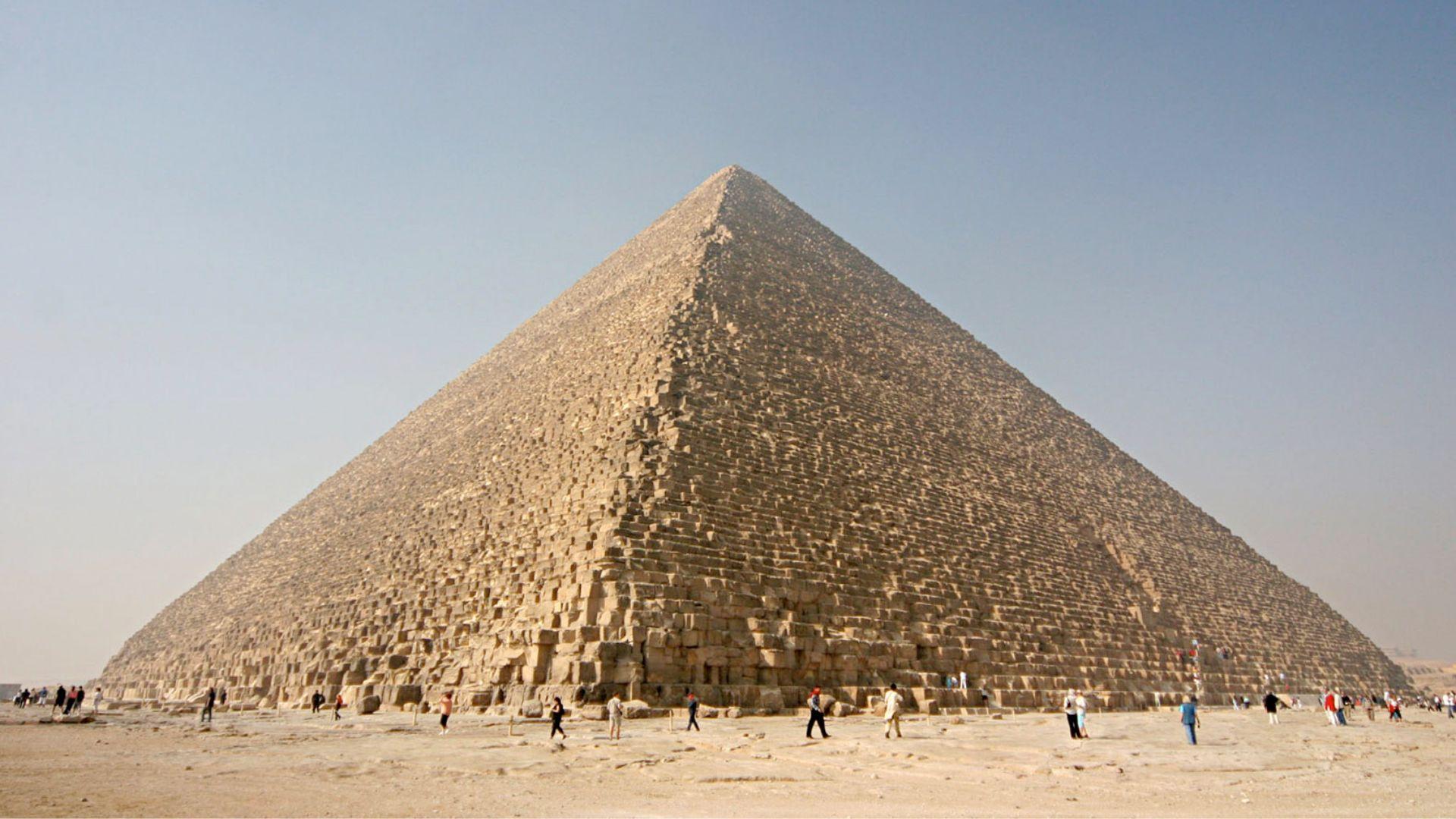
The Great Pyramid in Giza is Egypt’s largest pyramid. It is 4,500 years old. The Great Pyramid was built to honor the pharaoh Khufu.
Nearby, there is an ancient necropolis. This enormous cemetery contains many above-ground monuments—called mastabas—which honor the pharaoh’s family members and high-ranking officials.
What is a Mastaba?
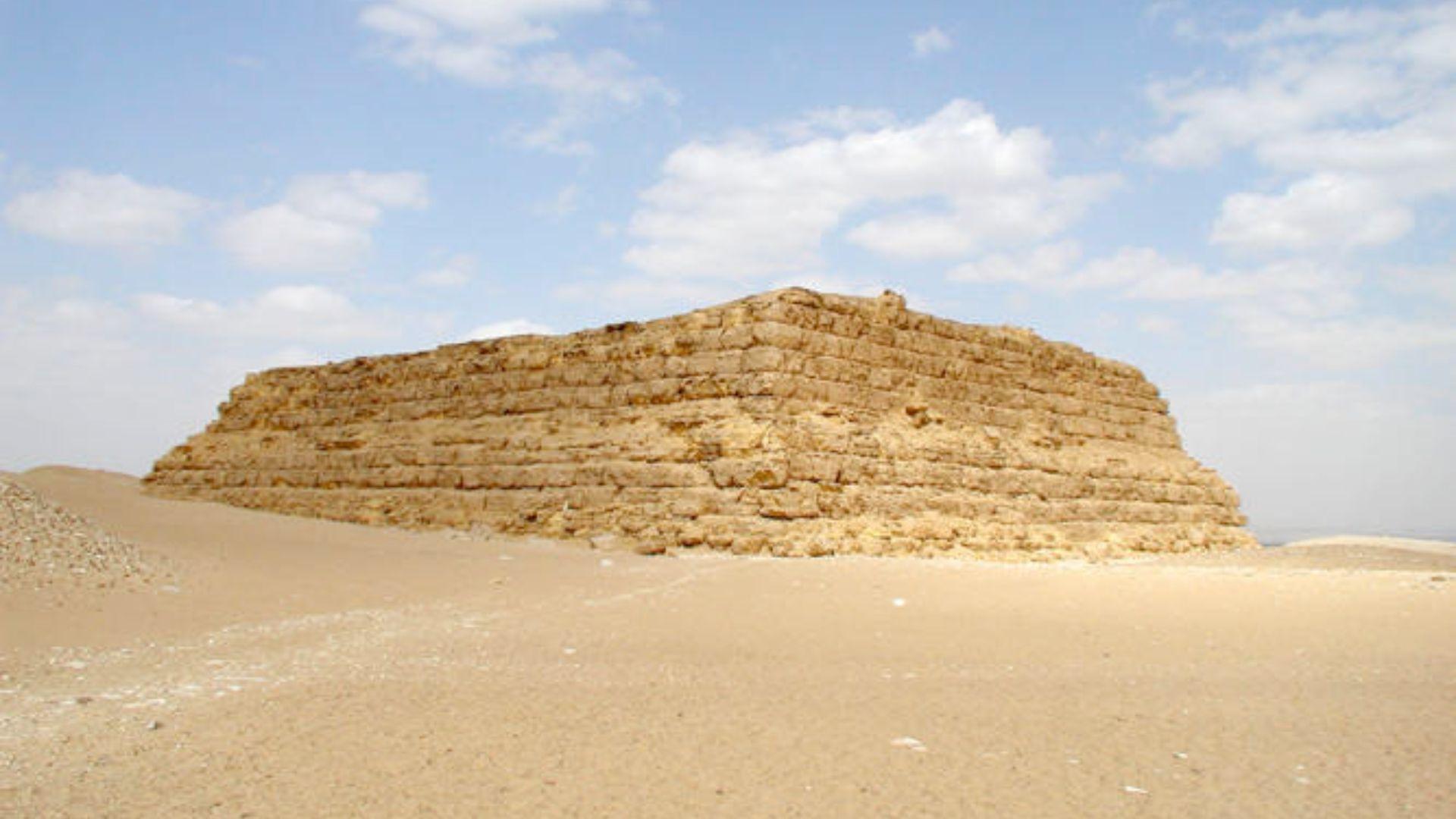
According to the study published in the journal Archaeological Prospection, “A mastaba is a type of tomb, which has a flat roof and rectangular structure on the ground surface, constructed out of limestone or mudbricks.”
The surface-level mastaba tombs have vertical shafts that are connected to underground chambers. Many of the mastabas which neighbor the Great Pyramid were excavated in the 20th century.
Researching Unexamined Areas
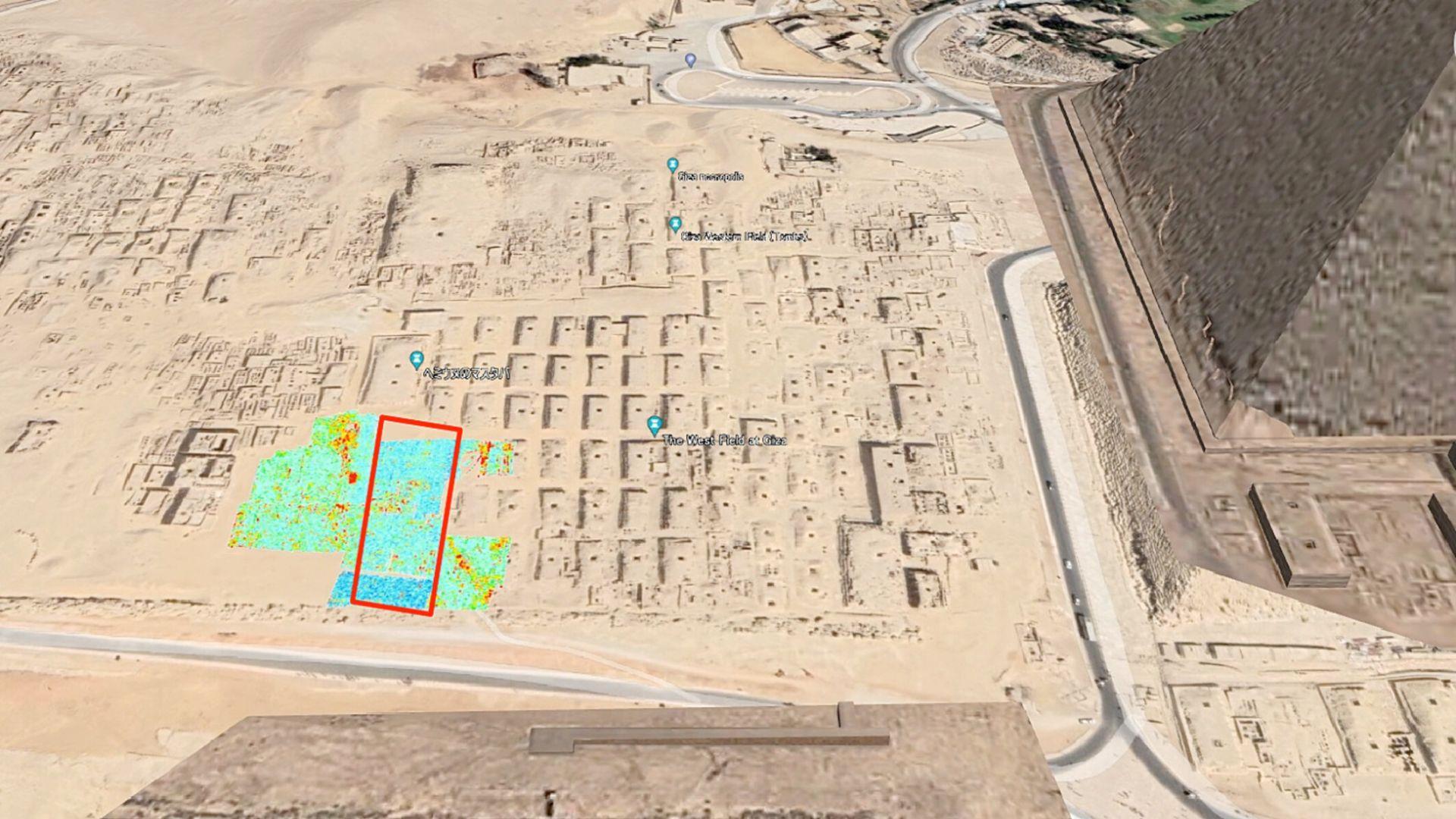
However, one vacant area without any noteworthy aboveground features had been left unexamined…until recently. Between 2021 and 2023, researchers from the National Research Institute of Astronomy and Geophysics in Egypt, and Higashi Nippon International University and Tohoku University in Japan analyzed this seemingly empty area.
Traditional excavation techniques were not used. Instead, the scientists used several non-intrusive imaging technologies, like ground-penetrating radar and electrical resistivity tomography, to study the site. The scans revealed something rather bizarre and puzzling.
The L-Shaped Structure

In the published study, the researchers wrote, “We believe we found an anomaly: a combination of a shallow structure connected to a deeper structure.” The shallow structure is definitely L-shaped.
According to Live Science’s Owen Jarus, “The L-shaped structure is about 33 feet long, and it’s buried 6.5 feet deep.” The scans indicate that this structure was filled in with sand after construction.
A Deeper Structure, Too
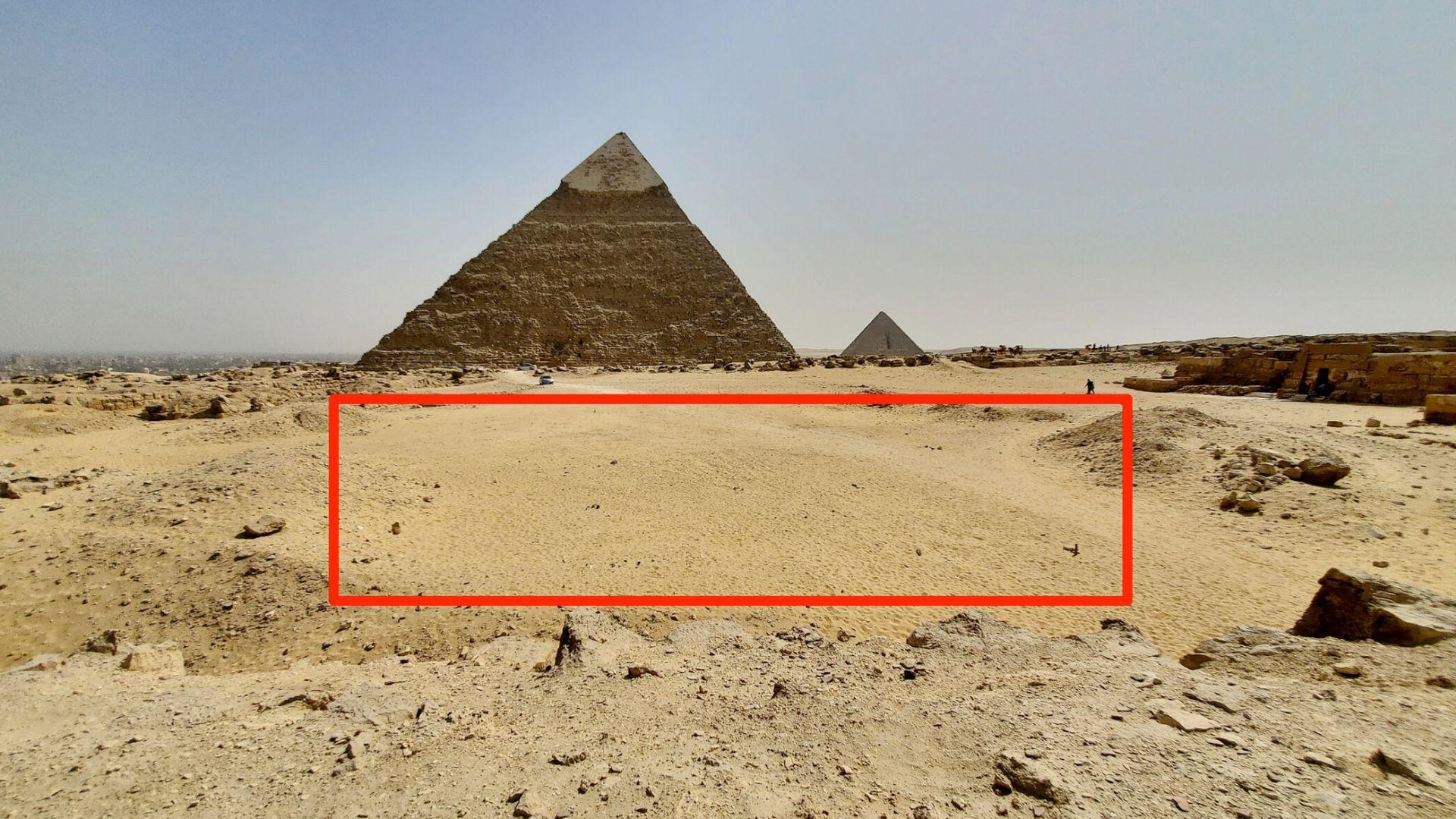
The researchers explained that at one point, the L-shaped structure “may have been an entrance to the deeper structure.” They call this deeper and more mysterious structure a “highly resistive anomaly.”
The scientists are not sure what the deeper structure contains. It could be empty or filled with materials such as sand and gravel, similar to the more shallow L-shaped structure.
Other Subterranean Structures
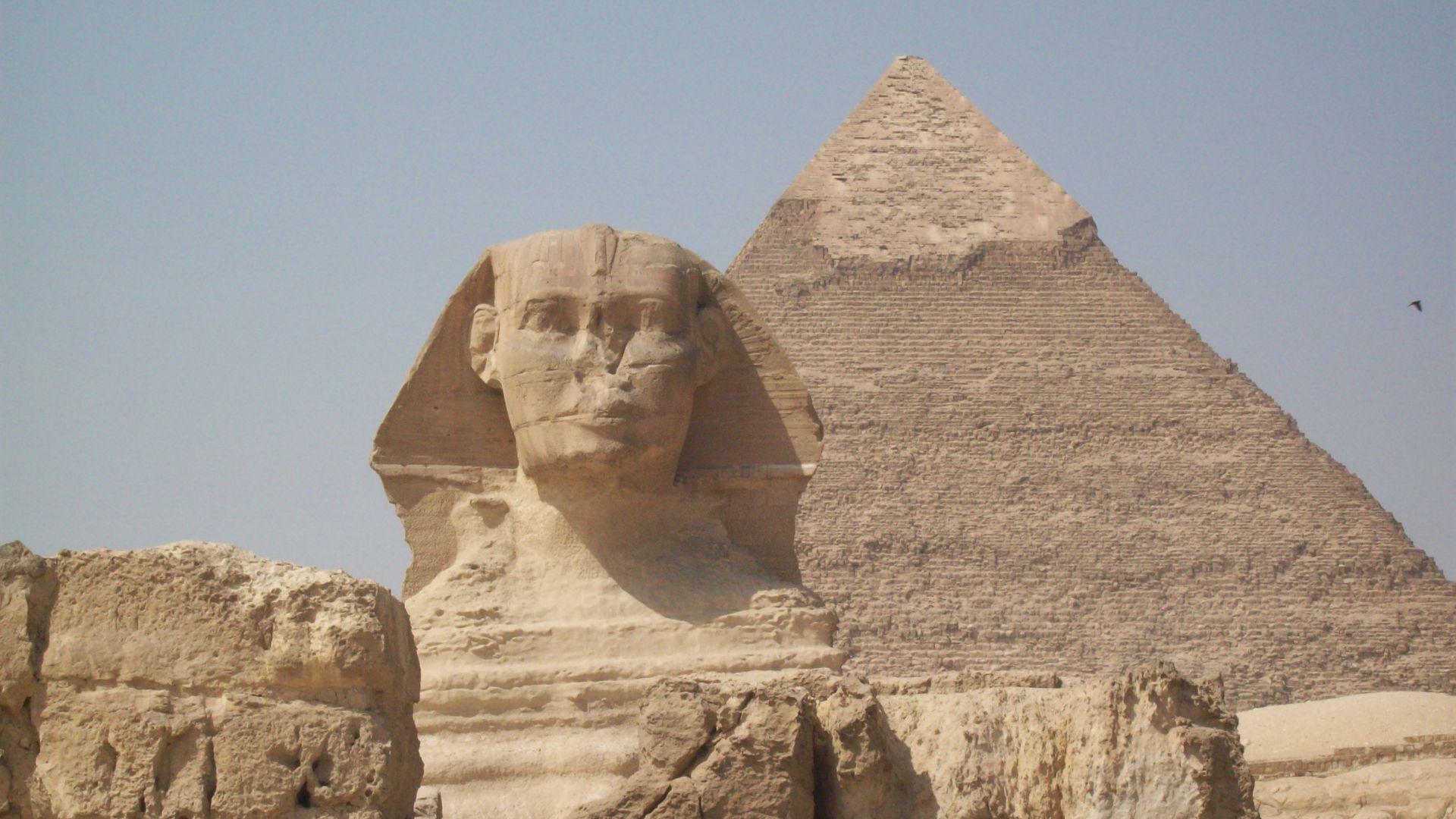
These recently discovered anomalies near the Great Pyramid are not the cemetery’s only subterranean structures, of course. There are many mastabas, and previous excavations have revealed many other underground chambers. However, mastabas are usually marked by tombs on the surface.
Peter Der Manuelian, an Egyptologist at Harvard University who wasn’t involved in the research, said that the graveyard’s vacant area, unmarked by an above-ground tomb structure, had previously “avoided exploration.” Additionally, he explained that Giza contains some other L-shaped structures—usually offering chapels—but they’re above ground.
Excavations Underway
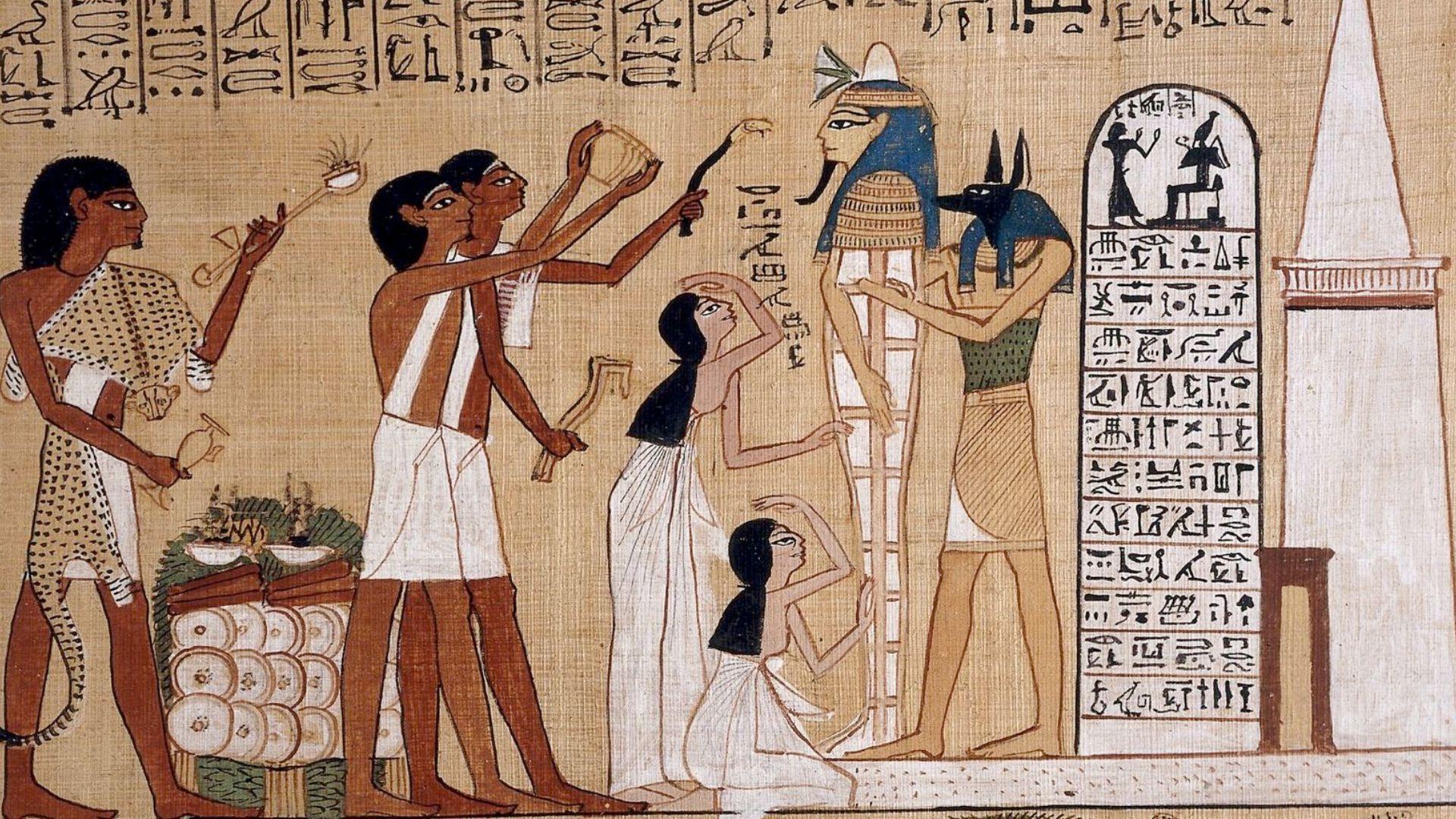
The researchers believe that these underground structures could lead to important archaeological discoveries. Therefore, they wrote in their study, “It is important that they must be promptly excavated to establish their purpose.”
Live Science has reported that excavations at the site are currently underway.
Many Questions, Possible Discoveries
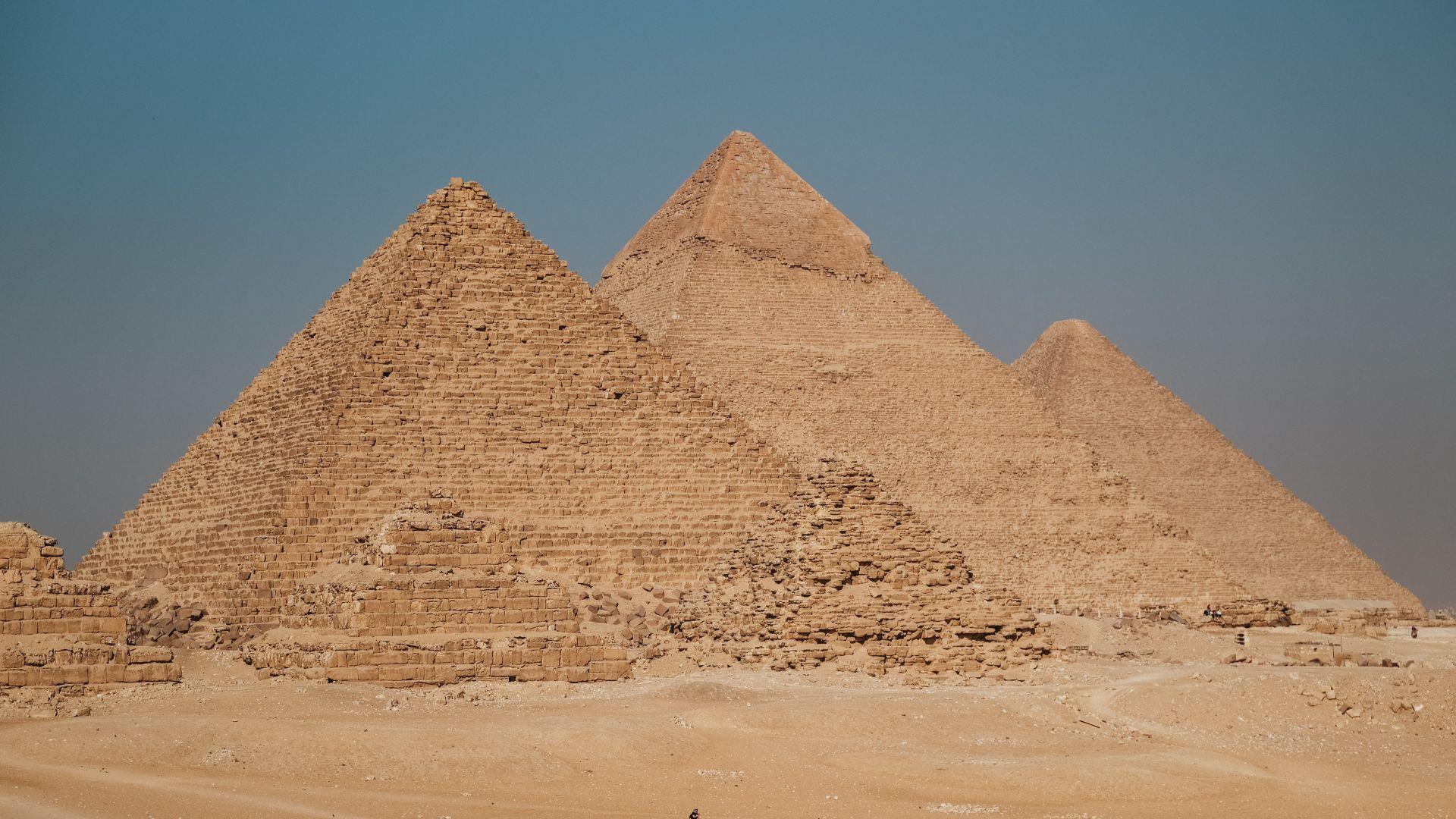
Many questions remain, but the scans “point to the possibility of the presence of archaeological remains,” wrote the researchers in their study.
Lead author Motoyuki Sato, an expert in electromagnetic sensing technologies at Tohoku University, is very optimistic. “The L-shape cannot be created in natural geological structures,” he said. The underground structure is truly an anomaly that might hold new and exciting discoveries.
Further Exploration
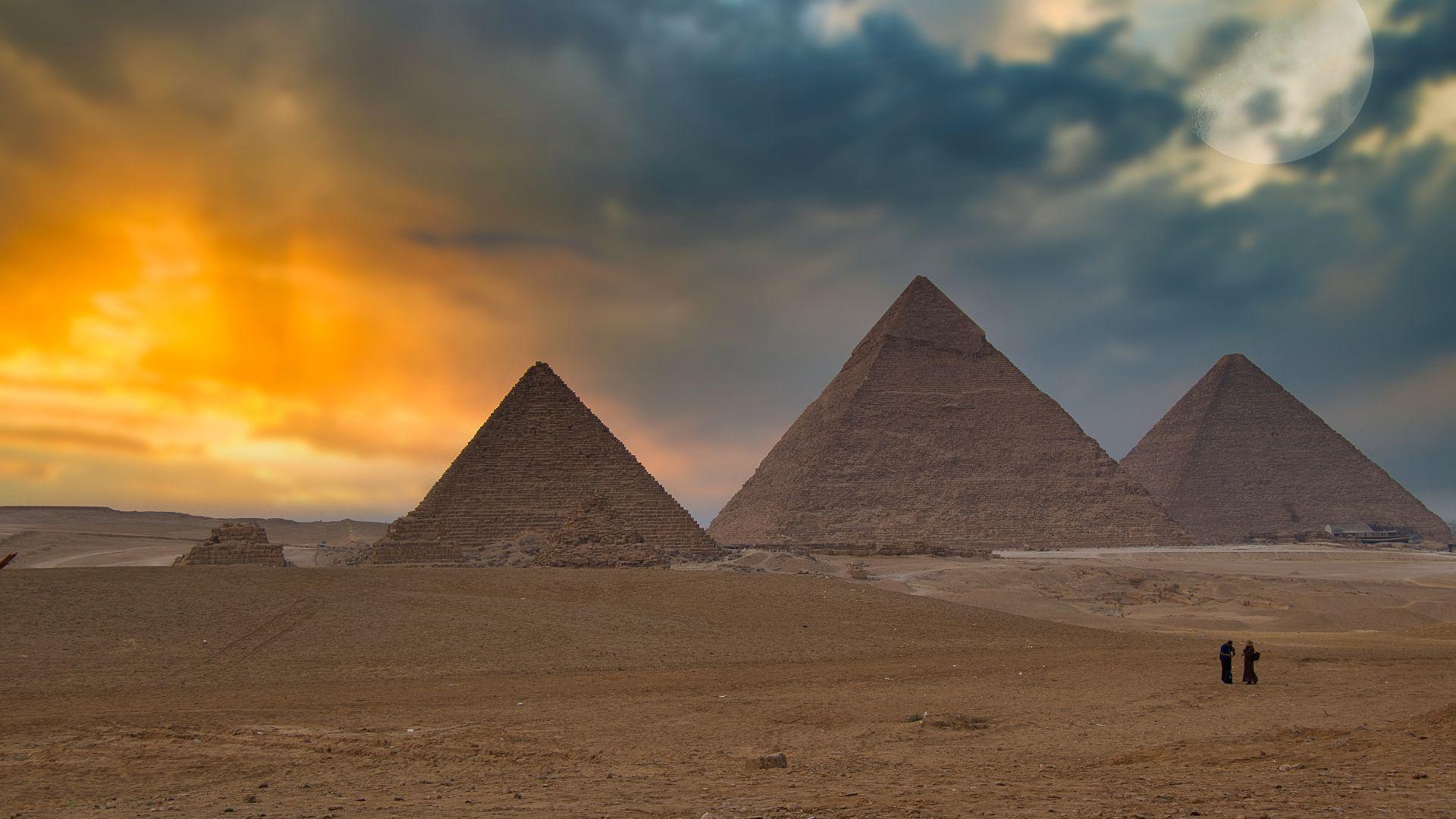
The researchers are hopeful that the excavations reveal more information about these strange and mysterious underground anomalies.
“I’m not sure just what this anomaly represents yet,” Peter Der Manuelian said, “but it is certainly worthy of further exploration.”

